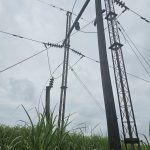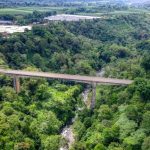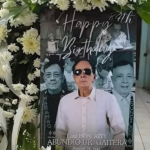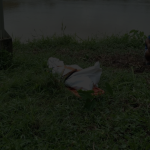In this opinion piece, parish priest Fr. Reynaldo D. Raluto, who leads the Integral Ecology Ministry of the Diocese of Malaybalay, weighs in on both current and proposed mining activities in the city.
LIBONA (BukidnonNews.Net/27 May 2025)—Do the people of Malaybalay know that our City Environment Code prohibits mining?
The City Ordinance No. 523 Series of 2003, as amended in 2008, states: “Except for the extraction of mineral resources such as sand and gravel, limestone, clay and guano, no other mining operations and/or exploration shall be allowed within the territorial jurisdiction of the City.”
Presently, this ordinance needs to be implemented and reaffirmed.
Gold in a river and an ancestral domain
On April 2, 2025, I was invited to a meeting facilitated by City Councilor Alan Ryann Legaspi, the Committee on Environment chair of the Malaybalay Sangguniang Panlungsod. With the stakeholders and city councilors, we discussed two mining concerns.
First was the alleged “gold exploration” in the Paiwaig River (Purok 7, Sitio Paiwaig, Barangay Linabo, Malaybalay City). It has been reported that an excavator was found a few meters from the site and there were traces of mining in the area.
Cecille Egnar, the Provincial Environment and Natural Resources Officer (BENRO), reported that the Provincial Mining Regulatory Board “encourages the City LGU of Malaybalay to issue a stoppage order” based on the existing City ordinance.
The second concern is legally complicated as it’s located within the ancestral domain of the Bukidnon Higaonon Tribal Association. On March 5, 2025, Datu Ferdinand Ontao wrote to City Mayor Jay Warren Pabillaran on behalf of the indigenous people of Barangay Maligaya. His purpose: “to request a favorable endorsement from the Sangguniang Panlungsod of Malaybalay City to apply for a Small-Scale Mining Contract within the declared Minahang Bayan located in Sitio Guitaan, Barangay Maligaya, Malaybalay…” Accordingly, the Minahang Bayan was declared on October 6, 2022, with a mineral commodity of gold.
Datu Ontao’s letter shows that he is well aware of the existing City Ordinance that prohibits this mining activity and it acknowledges that “a small-scale mining contract is required to legally operate in the area.” Securing the City Councilors’ approval is a legal requirement of his application.
The legal question
Can a Minahang Bayan be declared within the territorial jurisdiction of the City where gold mining is prohibited? I have consulted a well-respected lawyer about this and he remarked that “they cannot unilaterally do that. The LGU [Ordinance] must be considered first and foremost.” I hope to hear more legal opinions about this case.
It has been reported that it was the Provincial Mining Regulatory Board that declared Sitio Guitaan of Barangay Maligaya as Minahang Bayan. The board is composed of five. The regional director of the Mines and Geosciences Bureau sits as chair and the provincial governor as vice chair. With them are three representatives—one each from small- and large-scale mining operations and from a DENR-accredited environmental NGO. This composition reveals the common mining interest of PMRB.
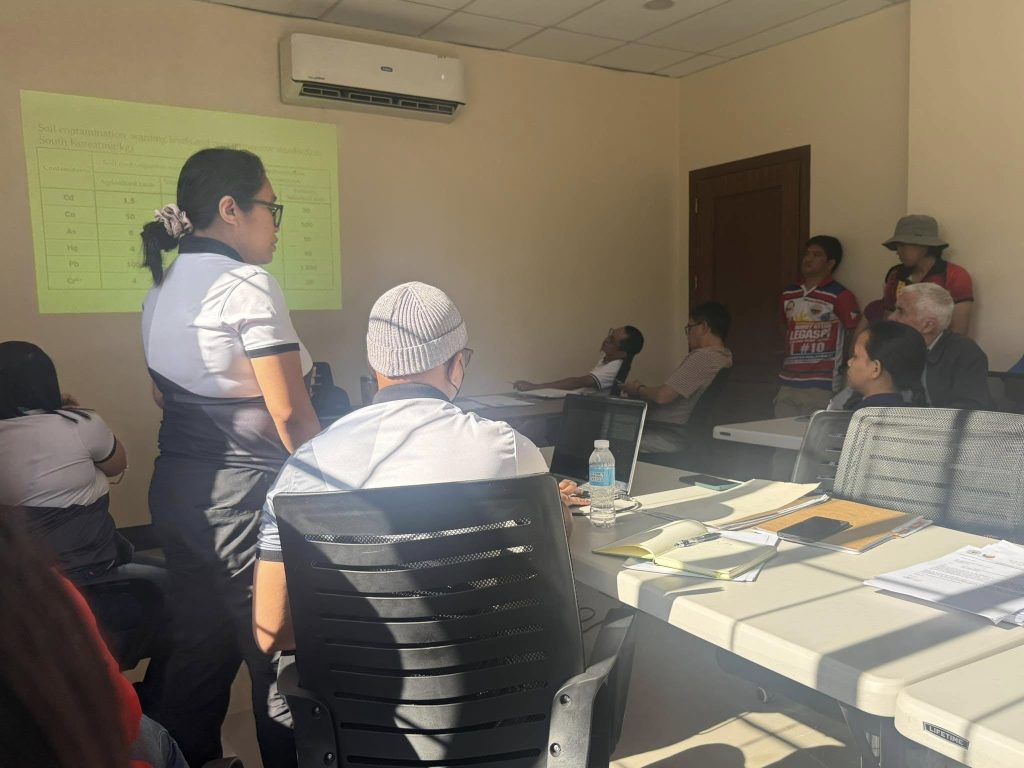
Participants of the City Council Committee Meeting on April 2, 2025. (Fr. Reynaldo D. Raluto)Maligaya’s high risk for landslide
City Environment and Natural Resources Officer Jessie Suson enlightened us about the ecological situation of the declared Minahang Bayan in Maligaya. In her presentation, she highlighted that “approximately 726.55 hectares in Barangay Maligaya are denuded areas,” and that the “slope of the area of concern is 8-18%.”
The City ENRO warned us that Barangay Maligaya has “high rain induced susceptibility for landslide” and that Barangay Managok, a neighboring barangay, has “very high flood susceptibility.” Considering this alarming ecological condition, it would be extremely prudent not to do any extractive and destructive activity there.
I learned that the City ENRO is a soil scientist by profession and has specialized in soil contamination, toxicology, and biogeochemistry. Her presentation reveals that she sufficiently knows about the data of heavy metals and she has been trained on how to experiment them. Her scientific expertise explains why she maintains a critical stance towards mining activities in the contested area.
Creating sustainable livelihood
Indigenous people are generally nature lovers. In my parish, they are our reliable partners in protecting the environment. In cases where they engage in ecologically destructive activities like mining, perhaps it is largely due to severe poverty.
In the substantial discussion that followed, the prevailing option is to help the Lumad community of Datu Ontao in terms of creating sustainable livelihood. His letter optimistically expresses that the mining in Sitio Guitaan “will further provide jobs and support the economic status of Barangay Maligaya.”
However, what transpired in the discussion was to explore other sustainable options and to look for an integral ecological solution to their poverty. Everybody knows how problematic it is to embrace destructive and extractive ways of solving the dehumanizing poverty.
It is hoped that the Church can encourage the Lumad communities not to take mining as their only option. Instead of revising the existing City Ordinance to allow the Lumads to take advantage of the Minahang Bayan declared by PMRB, the LGU and the government agencies are challenged to creatively address poverty by means of creating sustainable livelihood projects. By prohibiting mining activities, we ensure a sustainable and climate-resilient future for our Lumad communities.
Mining as crucial political issue
The city councilors who seek to be reelected are under pressure to address these mining concerns carefully as this would affect the voters’ choice. The voters must choose political leaders willing to implement and reaffirm the existing city anti-mining ordinance if they want Malaybalay to remain a mining-free city.
I noticed in the Committee Meeting that anti-mining insights dominated our discussion. But despite this, we are not the decision-makers. Besides, addressing these mining concerns may go beyond the election period. The fate of the anti-mining ordinance largely depends on the composition of the next members of City Council.
Thus, as voters, please be wise to elect leaders who will courageously protect the ecological balance and promote the integral development of the indigenous communities. As Greenpeace puts it: “We need decision-makers who will commit to policies that safeguard the environment, uphold climate justice, and transition the country to a just and sustainable future.”
Fr. Reynaldo D. Raluto has been serving as parish priest of Jesus Nazareno Parish in Libona, Bukidnon since 2021 and has been leading the Integral Ecology Ministry of the Diocese of Malaybalay since 2022. From 2011 to 2021, he served as Academic Dean of St. John Vianney Theological Seminary in Cagayan de Oro where he also teaches fundamental/systematic theology and Catholic social teaching. Among his ecological advocacies are growing Philippine native trees, mountain climbing, biking, and active participation in the cultural and ecological activities of the Indigenous People Apostolate of the Diocese.
FIRST PERSON is a sub-section of BUKIDNON VIEWS, the opinion section of BukidnonNews.Net dedicated to select statements, speeches, tributes, comments, and other views on public matters.
Fr. Raluto published this in his Facebook account on April 4, 2025. MindaNews also published this on April 6, 2025. If you want to contribute to FIRST PERSON, email your piece, contact details, and bio-sketch to editor.bukidnonnews@gmail.com).
